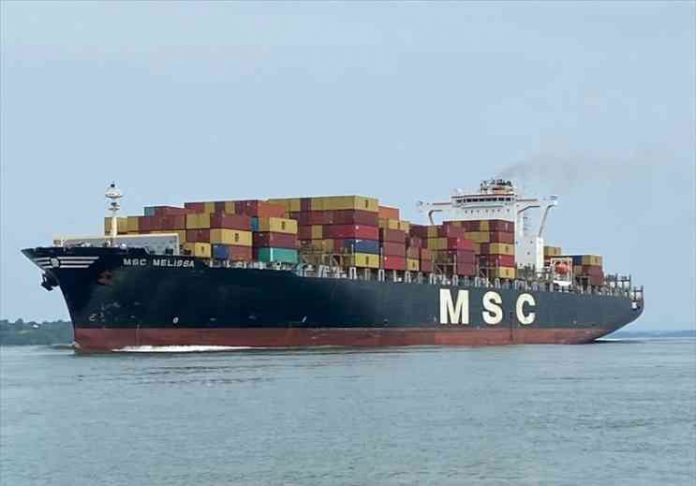In July of 2021, the Port of Montréal accepted the MCS Melissa, a ship which at that time set the record for the largest container ship to ever have navigated the St. Lawrence River. The Port of Montréal celebrated the achievement as a sign of big things to come as the region looks to expand its status as a major seaway container shipping port.
Container shipping isn’t new to the St. Lawrence River, a significant Québec waterway which provides ocean shipping access deep into Canada’s landmass. However, ships like the MCS Melissa demonstrate that the shipping capacity along the river is significant and growing.
Intermodal trucking companies in Ontario and Québec will play an important role in how well all these containers flow from ship to consumer. While rail will also be a major factor, trucking bottlenecks could limit the ability of ports to accept large container ships. In Los Angeles, California, for example, container ships are backlogged as the port is currently unable to turn them around fast enough.
Trucking companies throughout Central Canada may not pay much attention to ports and seafaring vessels, but with inland ports playing a larger role in the future of shipping as coastal ports continue to be unable to clear shipping backlogs, new business opportunities could be on the horizon.
On the other side of this coin, existing intermodal carriers may find that larger container ships only exacerbate their existing labour shortages. With ports and ocean shipping celebrating increases in capacity while, at the same time, trucking is suffering from driver shortages and difficulties in procuring equipment, it is clear that trucking will play a central role in the ability of ports to handle the larger ships they hope to be able to accommodate.





















